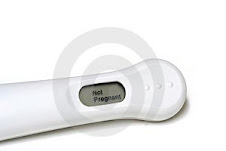The hardest part of my mother dying, so far, has been the death rattle. Thank God others have written about it, or it would be far too easy to believe that my mother is still suffering.
Here's an excerpt from an August 2005 article by Robin Marantz Henig in the New York Times:
"The death rattle is what's so unnerving. People who sit beside someone who is close to death, someone in a stage the experts call ''active dying,'' might hear a sound that's not quite a snore, not quite a gurgle, not quite a rasp. It doesn't hurt; it probably isn't something the dying person is even aware of. But it sounds terrible.
''Once the so-called death rattle starts,'' says Charles G. Meys, a hospice nurse with the Visiting Nurse Service of New York, ''that's usually an indication that the person is not coming back.''
The sound, made with each intake of breath, is merely air moving across phlegm. ''Healthy people can cough it up or spit it out or swallow it,'' Meys says, but a dying person is just not strong enough, so the secretions collect in the upper airways. ''And as they breathe in and out, it makes that sound -- that sound that we have learned to fear.'' To those watching, the person seems to be gasping for breath, asking to be saved.
Meys tells family members that he can offer atropine to dry up the airways and soften the death rattle, and most of them ask for it. ''But it's not for the dying person,'' he says. ''It's for the family.''
Subscribe to:
Post Comments (Atom)




No comments:
Post a Comment